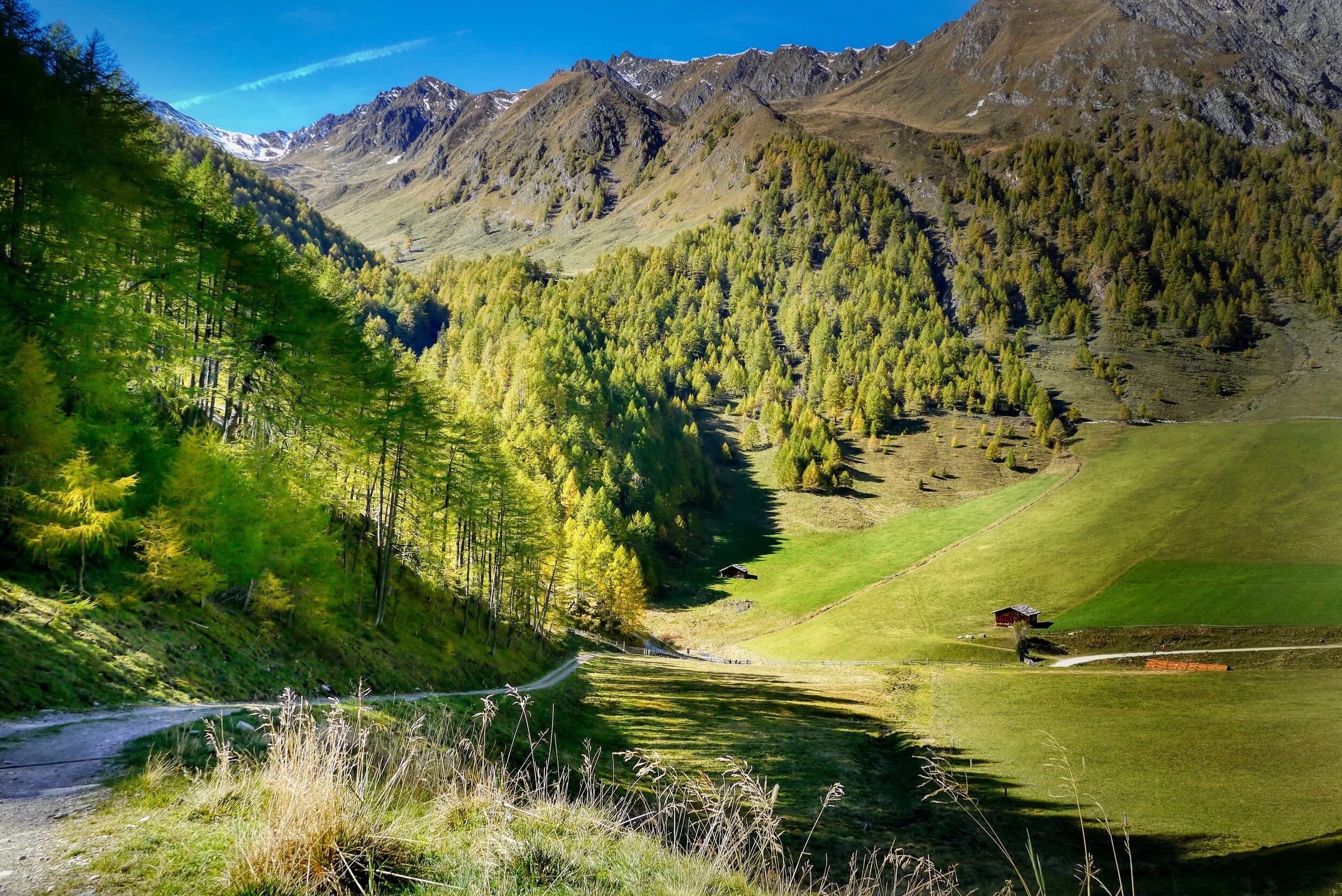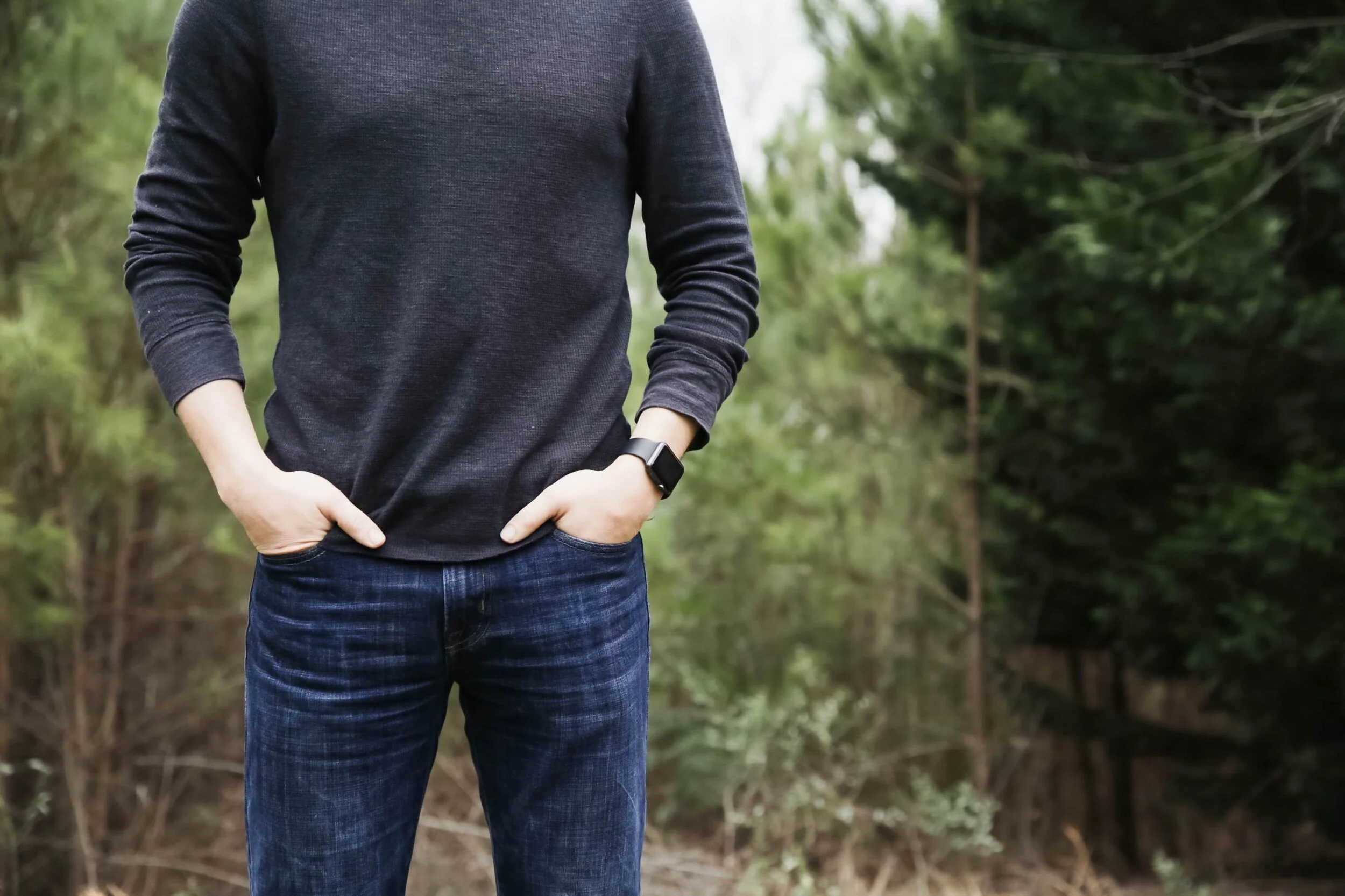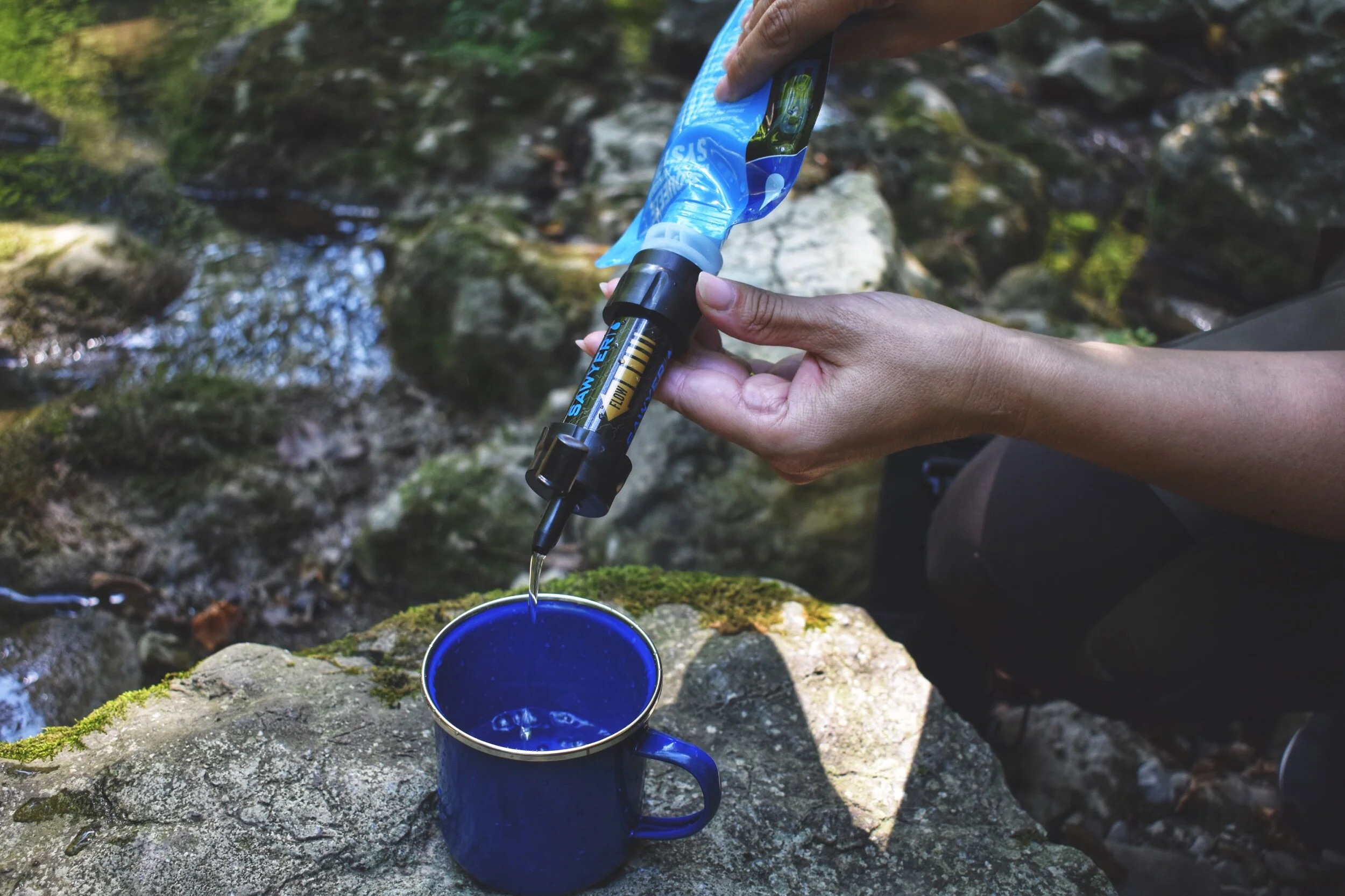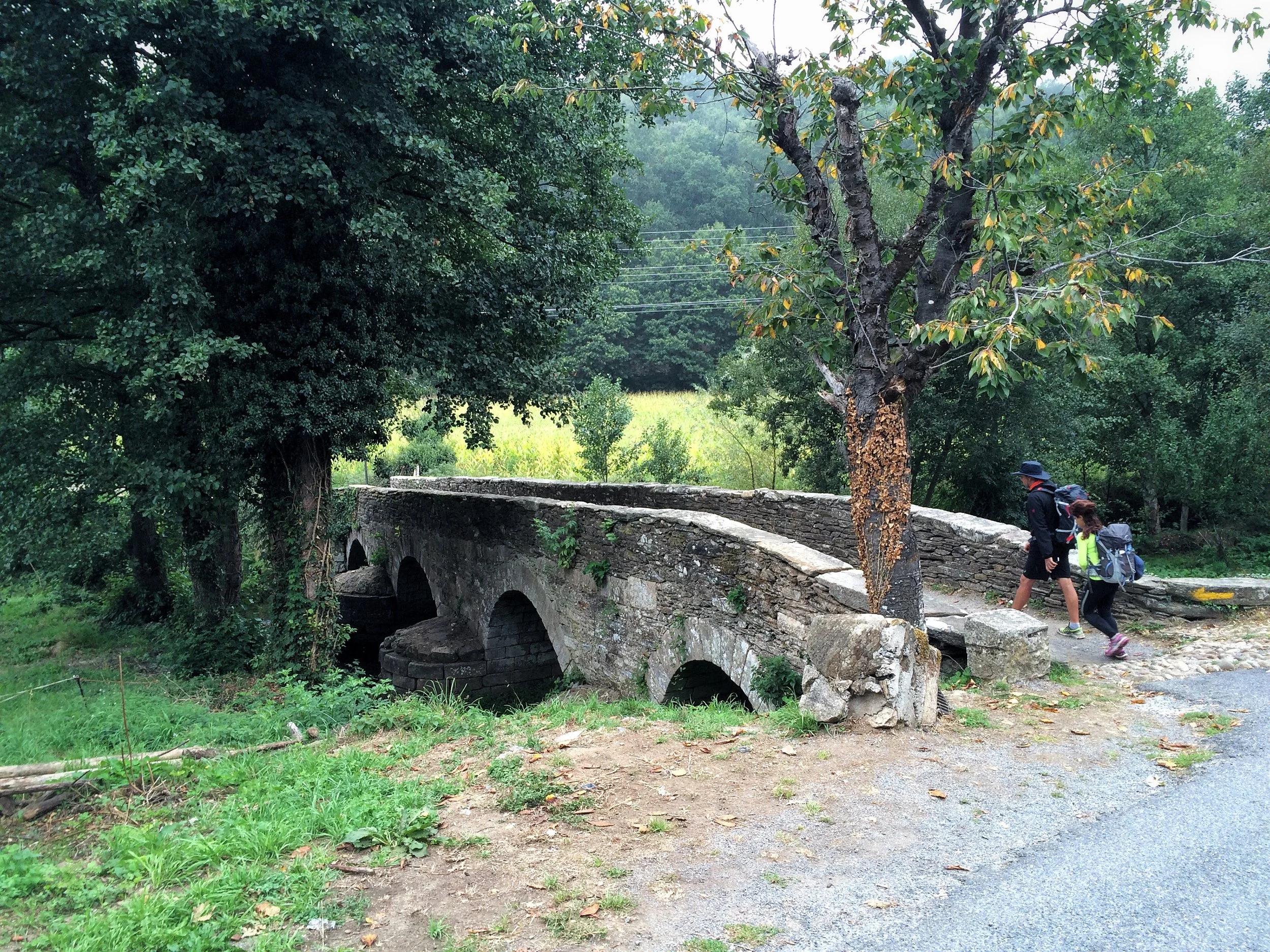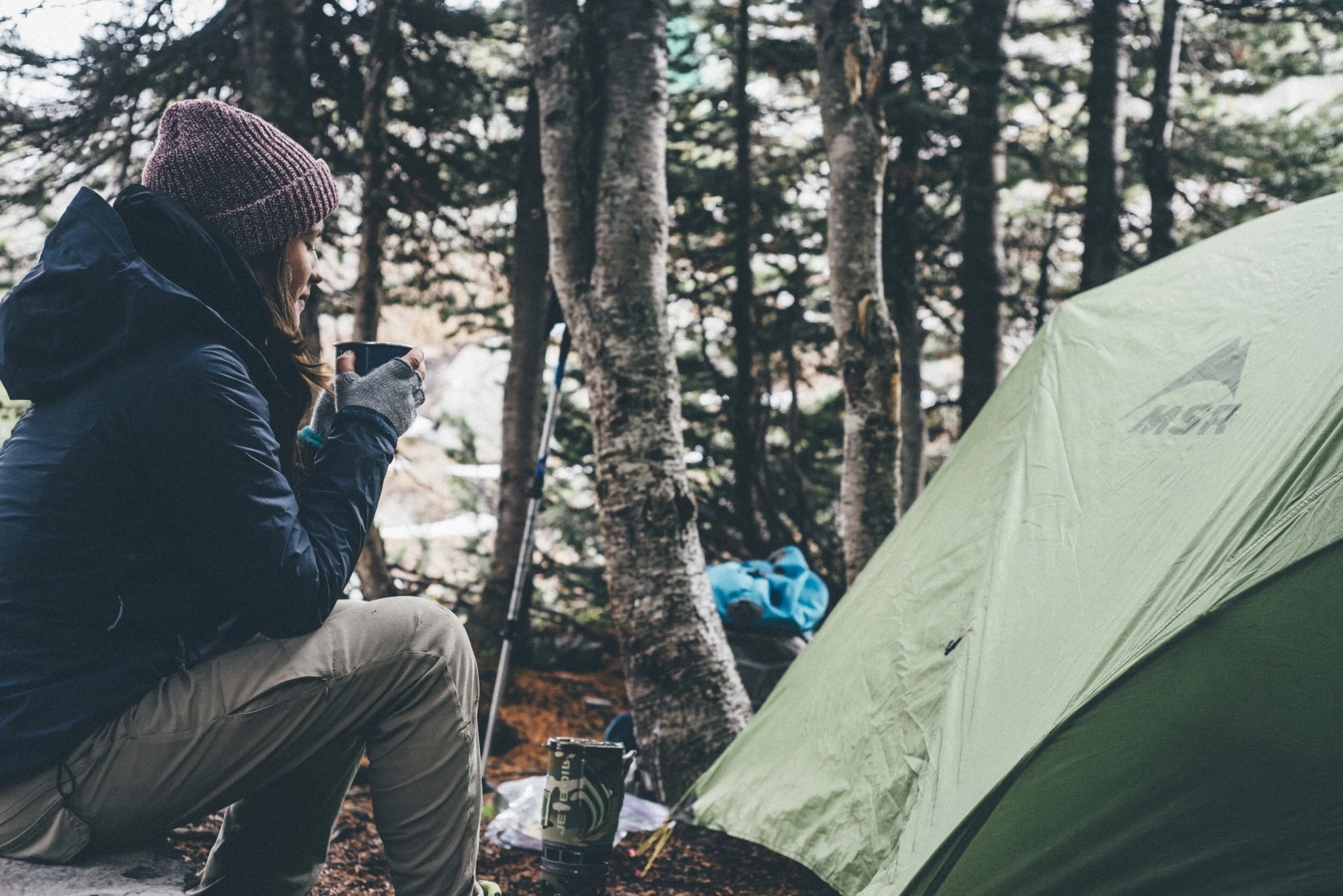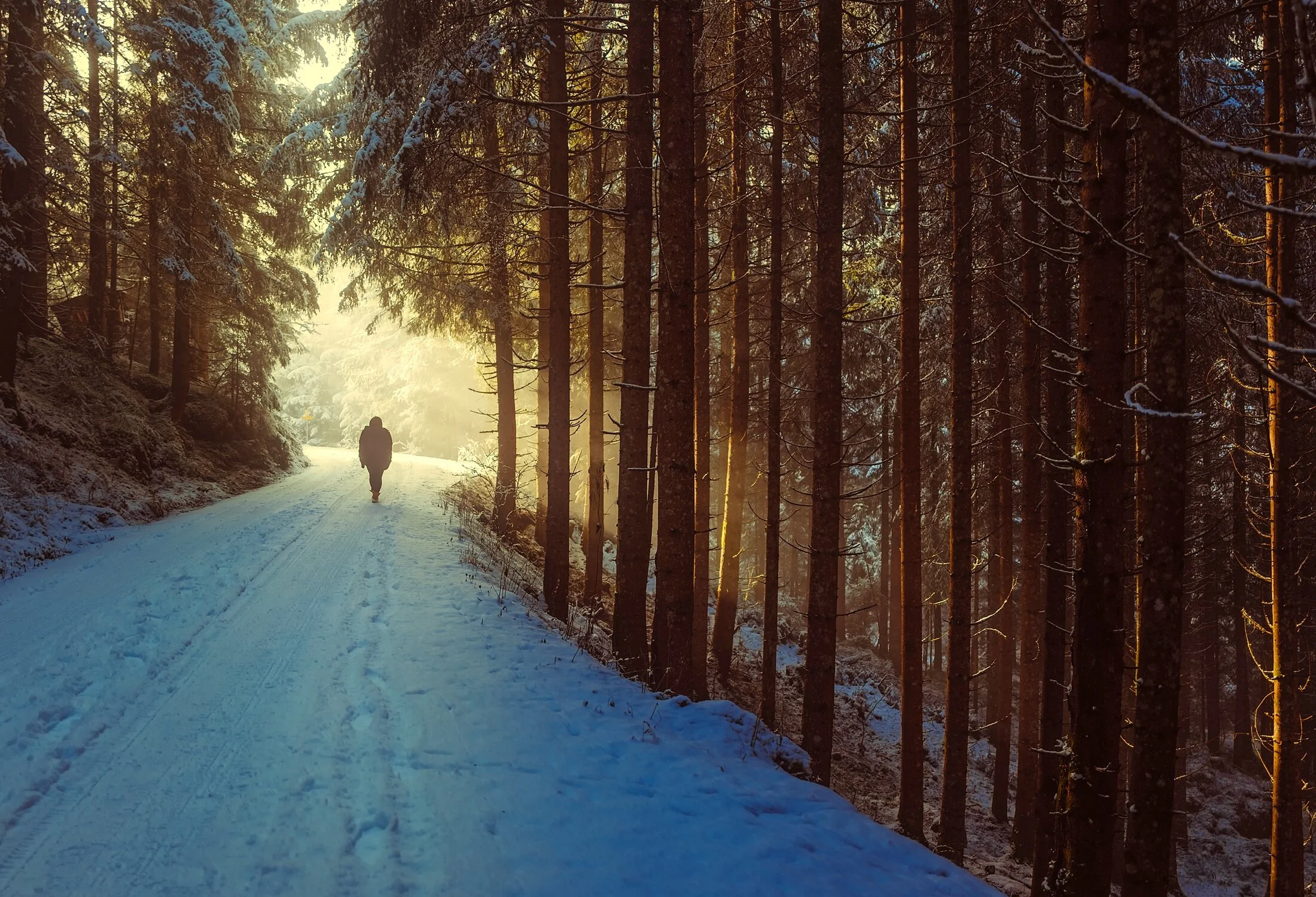How to be more green on the trail: tips for hiking in an environmentally friendly way
What does it mean to bare the wilderness in an eco-friendly way and how can one be as respectful to the wilderness as it is merciful? In the midsts of climate change that can be seen at human levels and the catastrophe that is the covid-19 pandemic on modern civilization, we are starting to see what our non-sustainable lifestyle is doing to the world, and what the world is giving back in return. But there are ways for us to change to lessen our negative impact on the world, and we can do this in the most natural place us hikers love to go, the trail.
What does mean to go “green” on the trail? This can signify many things, but for a hiker we are going to look at three variables; the equipment we use, how we treat the trail, and our carbon footprint. In this list I will be looking at these three concepts to show how a hiker can reduce the negative impact they might have on the trail, national park, and the planet.
THE GEAR
It can mean many things to be environmentally friendly in the equipment we use. There are three factors when purchasing equipment, using products that are environmentally sustainable, responsibly sourced, and can be reused countless times.
1) Environmentally sustainable products
We live in a civilization of tools, and without these tools we are at the bottom of the food chain. This is the consumeristic realization that we have to live with. However, we have the power to decide what tools we use.
Lets look at the first factor, environmentally sustainable products. Backpacks made of strong polyesters and nylons made from big hiking brands that are made of 100% recycled materials. You can get the gear you need while helping to clear out the excess junk in the world.
2) Responsibly sourced
Big brands, like patagonia and others, are applying their products for the bluesign certification. This certification states, not only are the products made from responsibly sourced materials, but also made in sustainable factories. This is just one small step you can take when choosing a bag not made from 100% recycled materials.
3) Built for life
The last factor mentioned when it comes to equipment is to purchase equipment that may be reused over and over again. Avoid single use items and try to purchase items that will last. Products with lifetime warranties usually mean they will last for a while.
The smart water bottles may be great, but I have never had one last me more than two seasons and even after the first season they start to get gross since they are hard to wash. Other alternatives are wide mouth bottles, for example Gatorade bottles. They may heavier but they are more durable and are easier to clean.
Even better is to use a Nalgene. Hear me out here, I know Nalgene bottles are not liked in the ultralite hiking department, but I wrote an article about the advantages of using a Nalgene on the trail and I still stand by those ideas. To be specific, I'm not talking about the titrate bottles, I am referring to Nalgene's trail line of what they call their ultralite bottles. They are made of HDPE and have a lifetime warranty.
Being able to use an item over and over again will mean you can reduce the amount of gear you need to buy, in turn, preventing, to some degree, heavy manufacturing and logistics from destroying the planet even further. But in terms of being environmentally conscience of your gear, it does not stop there.
4) Reuse
You dont always need to buy new gear. Your old gear might suffice. Trying to reuse your old gear into its last breath as this will help reduce not only waste, but also the amount of money you spend.
5) Borrow
Borrow gear from friends and family. Not everyone has the luxury of going hiking every year so that gear may just be sitting their gathering dust. Grandpa has old army surplus gear, use it! No need to take out a wallet for that one items your missing if someone you know has in a box under their bed.
6) Buy used
If you cant borrow an item, sometimes buying a used piece of gear, especially if they have little wear, can save a tremendous amount of money. If you are buying a piece of gear that is known to last for a lifetime than it shouldnt be much of a risk buying it used. There are a good amount of people who think hiking will be their life epiphany and bond to the earth just to find out you need to walk a lot. These people than start selling their expensive, unused, gear. Alternatively their are people for whatever reason want to sell the gear they just bought or lightly used for another. Take advantage of these opportunities.
7) Maintain and fix
I could tell you to treat your gear like it is fine china, but thats not what gear is for. Gear for being used until it no longer meets its purpose, and hiking gear is for rucking it up mountains and hundreds of miles along a trail in rain, sleet, sun, and heat. In many cases, that end result, “no longer meets a purpose”, is farther away than most people think. Fixing your gear can be a rewarding and surprising easy activity. Some seam tape, waterproof spray, or duct tape costs less than buying a new bag or tent, and a bottle or roll will last for many uses and equipment.
8) Donate or sell
Unused or even broken equipment can be sold. That gear that you dont know how to fix can be given to a crafty fella who can wipe it back into working order. Saves them money and puts money back in your pocket.
Surprisingly, gear that can not be fixed is still worth something to others. A broken backpack or shirt is usable fabric to make other items. Unbroken straps and buckles can be repurposed. Zippers can be sown onto items being crafted. One can do so much with the materials of a broken and worn down piece of hiking gear.
THE TRAIL
Now that you have your gear at a “green” level we can focus on what to do how how to act on the trail. This is, of course, where nature is.
9) Pack out your garbage
The least someone can do is not litter on the trail. Common curtesy on the trail is to pack out, or carry all your garbage with you, until you can dispose of it properly. There is no reason one cannot carry the empty bag of whatever they ate with them to a nearest town.
Burning your garbage is not an option for many reasons. The first is the act of burning plastic or other chemicals that might be on the packaging will result in those pollutants from going into the air or seeping into the ground. The second is residual food left on the packaging can attract animals such as bears.
When possible place the garbage in the appropriate containers. If the municipality separates by compost, recycling, and garbage then abide by those separate containers. Throwing all the garbage into the “trash” container will cause that trash to go into a landfill where it will sit in piles for decades or centuries to come.
10) Reduce waste
Reducing waste can be the best way of reducing litter and overflowing garbage cans on the trail. Avoid single use items, reuse packaging, or avoid items with over packaging like individually wrapped items held inside another package. A great way to reduce waste is to make your own snacks and food which brings us to our next point.
11) Make your own food
Another efficient way is to make your own snacks or prepared food. Energy bars can easily be made at home and allows for perfect tuning of taste. Investing in a dehumidifier can also be a great way to make preserved trail food. Storing and reusing containers or quality plastic bags can help you travel with all the delicious homemade trail food in an environmentally friendly way.
12) Biodegradable and environmentally friendly soaps, repellants, and sunscreen
Investing in biodegradable and environmentally friendly soaps, repellants, and sunscreen can be the first step into making your dob kit more eco-friendly. But do note, even though the soap may be biodegradable, in large quantities it can still hurt the local environment. A little soap goes a long way. Use as little as possible.
Finding alternative, natural, repellants can also be an option to be perfectly environmentally safe. to be honest I have not found a natural repellent that works as well as the commercial products, but the internet says it is an option. Of course as long as you have a fancy website on the internet then you can’t lie, right?
13) Staying on the trail
Popular trails, such as the AT and Camino, could have hundreds of people walking a section every day. The hard, compact, and grass-free dirt is a result of that. Stepping off this trail can result in a disturbance of flora and wildlife. We are just walking the trail for fun but their are animals who are trying to survive inside these forests. Enjoy the scenery, but stay on the trail as much as possible.
14) Avoid campfires
If your on the trail you might want a hot cup of coffee or to heat your oatmeal. Campfires may be fun to start but they are also not that efficient, especially if your try to heat a cup of water. They produce a large amount of unburned material in the form of smoke, as well as other pollutants in the form of green house gases. Smoke is not healthy for you nor the wilderness around you.
The best method to heat water is probably through a small propane stove. It is an efficient burn that shoots the heat directly onto your heating container. Jet boils are very efficient in this regard, but one can take a normal propane canister and metal cup and build a more efficient setup using windscreen, insulators, and reflectors.
For a clean burning fuel one can use denatured alcohol. This fuel burns 100% clean, but it is also not as efficient as propane canister. If you consider the materials, a large bottle of alcohol may last more than a canister or propane that is thrown out when used up. Check out the article we wrote about building your own “poor mans” alcohol stove from a aluminum can.
If you do want to use wood as fuel, than the best method is a small wood stove. These stoves will channel the heat up directly onto the bottom of the cup. Wood stoves become more efficient as the temperature rises in the stove, but in the process of boiling water the heat will not get to that level.
15) Pack out more than you pack in
You are the keeper of the trail you directly stand on. By stepping on said trail you take responsibility of the actions that you do and see. Make this the opportunity to meet those responsibilities and pick up the trash you see along the trail.
Not everyone is a nice person, so If you see people performing acts that are damaging to the environment, like littering, you have the option of politely asking them to stop or to clean it up if they refuse to do it. Just because one person wants to die in a flaming planet of green house gases doesnt mean you have to want that to.
CARBON FOOTPRINT
For hiker to be environmentally responsible they must have a small carbon footprint and leave little to no trace when ending the hike. We all can’t be perfect, and just the act of living in society means we will have a carbon footprint. This is almost impossible to avoid, but we can reduce the size of that footprint which is what we are trying to aim for.
16) Try to use less electronics
This point is muddled with confusion and contradictions, but its an important idea to keep in mind none the less. Using less electricity means the area, where you will charge said electronics, will produce less energy. Most power-plants around the world still use non-renewable fuel sources.
The alternative I'm suggesting is to use other items that do not use electricity. For example, instead of reading books off an ipad or phone one can use a physical book. A book means buying something, which then may come with packaging or had been transported by a truck which is still contributing to carbon emissions.
You see the contradiction. But I have an alternative. If possible buy your book in a store that you pass along the trail. When you are done with that book, pass it along to another interested hiker or leave it in a box. This is the most efficient way to read on the trail and you will be providing a small trail magic gift to others.
Keeping on the idea of reading books, a kindle is another good items for reading books. It is a low energy device that lasts for weeks and, once bought, can purchase an almost infinite amount of books directly onto the device. The kindle is also quite light in weight and surprisingly durable, in my opinion.
17) Using a filter for water
I spoke a little about this in the “built for life” point, but I would like to add, if your going to fill these bottles, use water from a source like tap or stream and then clean the water using a filter. I have seen many hikers buy disposable water bottle to switch out their used bottles or just to refill the bottles they already have.
A filter can prevent someone from purchasing the plastic bottle, built in a polluting factory, used once and thrown away most of the time in a garbage, shipped from who knows where, water pumped by the millions of gallons from nature damaging the local environment, and who knows what else. On top of that the process of recycling water bottles is not an efficient process which consumes more energy to recycle than it does to create a new bottle from scratch.
18) Change your diet
Some people may not like this tip, but it needs to be said nonetheless. A change in diet can greatly impact your carbon effect on the world. The farming of animals contributes a great amount of green house gases and energy and the consumption of meat is probably the most negative food you can eat. Many extremists on both sides of the spectrum like you to think there is not two options, eat meat or dont eat meat. There is actually a third and even forth option!
The third option is to eat less. A reduction in meat can play a huge role in changing your carbon footprint. How much you want to reduce is up to you and their is no right or wrong answer. This can also help you get to know different and eventually delicious vegetarian cooking.
The fourth option is eating meat that comes from sustainable farms. These farms have their cattle free roaming in extremely low density fields. Cattle that graze in this manner not only will be healthier due to better living conditions, but the farm will have a lower carbon footprint as well. These are just two options to help reduce meat consumption and carbon footprint.
If you do want to go vegetarian or even vegan, that is a good option too. There are plenty of amazing umami filled meals that one can make. Meat might be delicious but there are vegan dishes that can taste even better. Ill take parmesan mac and cheese or shiitake mushroom pizza any day of the week over a steak. Of course this is just personal preference and every one is different, so you roll at your own speed.
19) Support local stores
Amazon might be easy, but it isn't efficient nor has the company been known to be very ethical. The packaging and shipping of single items uses a significant amount of energy. What you can do to not only reduce the amount of carbon strain we put on the earth but also boost local economies along the trail, is to buy in town. Use the opportunity to refill on food or buy a new shirt in a local mom-and-pop store. Don’t let these big polluting money grubbing companies destroy your hiking trail, and instead support the people who need the money to feed their family next week.
20) Always have an open and active mind
This is by far a complete list. This is only a list of all the things I could think of based on what I have heard or read. As the world changes so will this list. I would have never wrote about not using so much disposable plastic water bottles if this was written 100 years ago. Keeping an active mind on the outcomes of ones actions and an open ear on new ecological tips are the least we can do with our intelligent minds.
Keeping an open mind and willing to change, even just a little, of a routines is how we are not going to die in a horrible death on this flat planet (jk, guys). All jokes aside, I wrote this last just to have an even number of points, but now that I'm reading it, it is probably the best one on this list.
Conclusion
Trying to be eco-friendly has many layers. Its not only about how one directly interacts with the world, but also the chain reactions from ones actions. Many people and the news tries to convince you there is only two options, but there is always more than two options. You just need to find the option that will help make a positive impact and that is sustainable for you.

